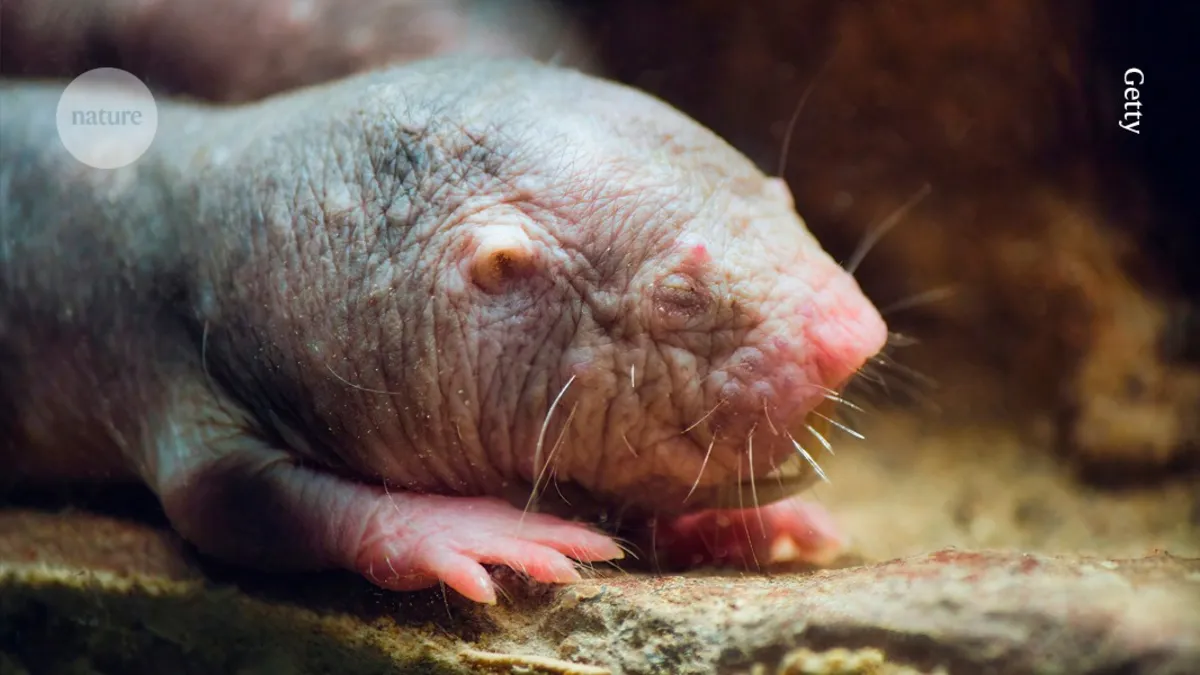
Recent research has revealed that four subtle tweaks to an enzyme could shed light on why naked mole rats live for nearly 30 years, an exceptionally long lifespan for their size. The naked mole rat (Heterocephalus glaber), which is native to the Horn of Africa and parts of Kenya, has garnered significant attention from scientists. This is largely due to its genetic makeup, which is closer to that of humans than mice, making it an ideal model for studying ageing and longevity.
In a groundbreaking study published in Science, researchers from China have demonstrated that alterations to the enzyme cGAS (cyclic guanosine monophosphate–adenosine monophosphate synthase) enhance the naked mole rat's capability to repair genetic damage that contributes to ageing. This discovery opens new avenues for understanding the biological mechanisms behind longevity.
An accumulation of genetic mutations and DNA damage during cell division is a significant driver of ageing and age-related diseases. One critical process involved in DNA repair is called homologous recombination (HR), which is essential for maintaining genomic stability. Deficiencies in this repair pathway are associated with premature ageing and an increased risk of cancer.
In humans and mice, the cGAS enzyme is often pulled away from damaged DNA by a different protein, which disrupts the repair process. To explore whether a similar mechanism occurs in naked mole rats, Zhiyong Mao, a co-author of the study and a molecular biologist at Tongji University in Shanghai, and his colleagues conducted a thorough investigation. Their research revealed that four specific amino acid substitutions in the cGAS enzyme prevent it from degrading too quickly after DNA damage.
This increased persistence of the cGAS enzyme allows it to interact more effectively with other DNA repair proteins, thereby enhancing the cell’s ability to fix broken DNA. This improved efficiency in DNA repair mechanisms could be a key factor in the longevity of naked mole rats, distinguishing them from other mammals.
The findings from this study not only highlight the unique biological features of naked mole rats but also pave the way for future research into the mechanisms of ageing and potential interventions for age-related diseases in humans. Understanding how these adaptations influence longevity may ultimately lead to breakthroughs in extending healthy lifespans in other species.